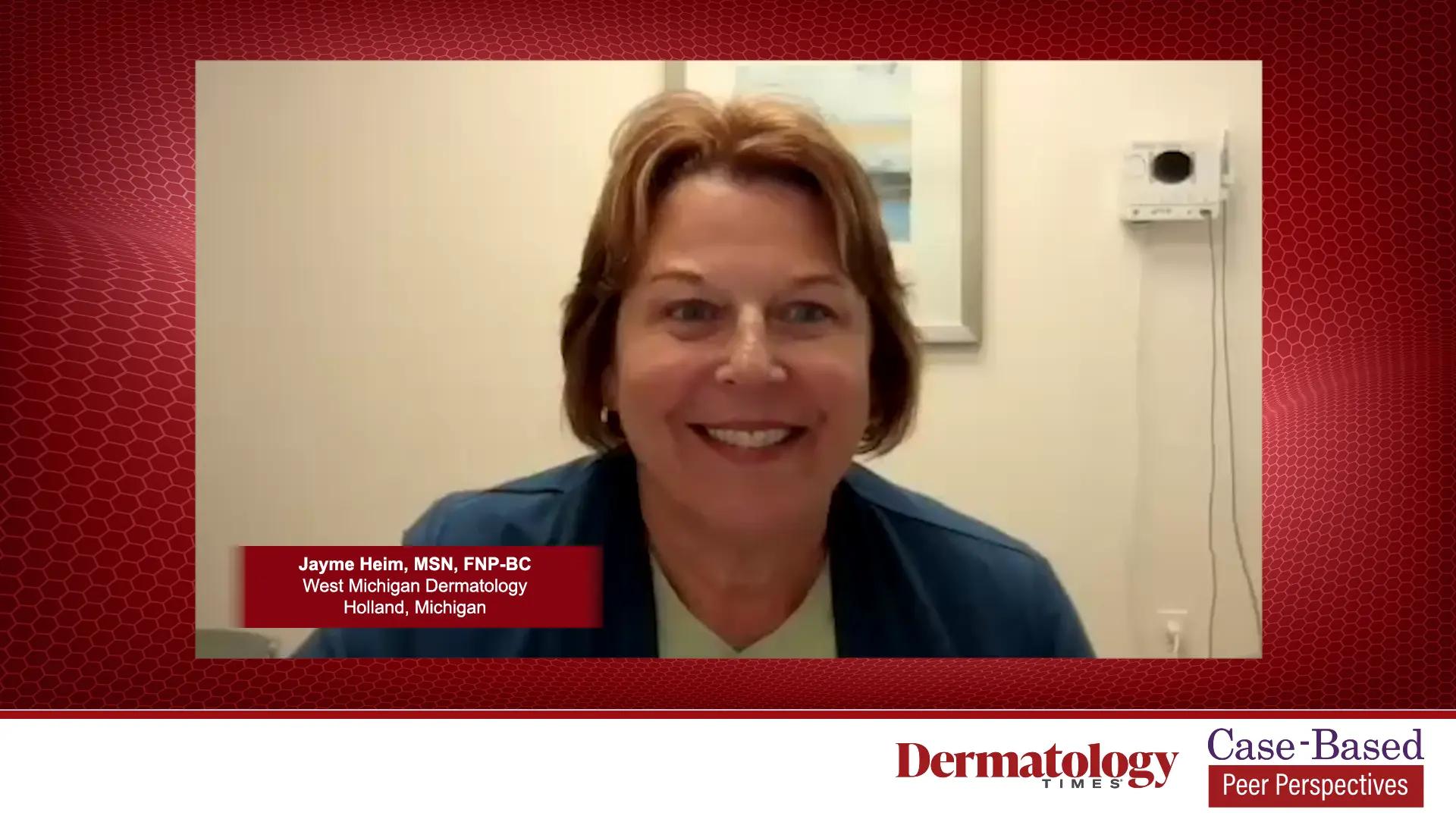- General Dermatology
- Eczema
- Chronic Hand Eczema
- Alopecia
- Aesthetics
- Vitiligo
- COVID-19
- Actinic Keratosis
- Precision Medicine and Biologics
- Rare Disease
- Wound Care
- Rosacea
- Psoriasis
- Psoriatic Arthritis
- Atopic Dermatitis
- Melasma
- NP and PA
- Skin Cancer
- Hidradenitis Suppurativa
- Drug Watch
- Pigmentary Disorders
- Acne
- Pediatric Dermatology
- Practice Management
- Prurigo Nodularis
Article
Lasers overshadow oral antifungals for onychomycosis treatment
Physicians’ fear of oral antifungals has propelled laser therapy for onychomycosis to the forefront, says Bryan C. Markinson, D.P.M.
New York - Physicians’ fear of oral antifungals has propelled laser therapy for onychomycosis to the forefront, says Bryan C. Markinson, D.P.M.
“More than any surgical procedure or treatment, the advent of oral antifungals put podiatry on the map in the 1990s,” says Dr. Markinson, chief, podiatric medicine and surgery, Mount Sinai School of Medicine, New York. However, he says, “I’ve found that dermatologists are just as cautious regarding use of oral antifungals as podiatrists are.”
This situation gave rise to various strategies for minimizing antifungal doses, in addition to the observation that many patients experienced clearing of nails when taking less than the on-label dosage, Dr. Markinson says.
In this regard, “I use pulsed dosing of terbinafine - one tablet daily for a week, taken four times annually (Zaias N, Rebell G. Arch Dermatol. 2004;140(6):691-695). This regimen results in 70 percent less drug and a two-month and three-week drug holiday between pulses, so you don’t have to worry about liver toxicity. In my clinical practice, it’s absolutely as effective as 90-day continuous dosing,” Dr. Markinson says.
Lasers step in
Meanwhile, Dr. Markinson says, laser manufacturers have used podiatrists’ reluctance to prescribe oral antifungals as a key marketing tool. As a result, “They’ve been largely successful in getting podiatrists to embrace laser therapy for onychomycosis.”
In 2008, the Pinpointe FootLaser (NuvoLase) became the first such product to earn Food and Drug Administration approval for temporary clearing of nails.
Many product competitors, such as the Blue Shine 980 nm diode laser (Aesthetic Medical Lasers) and the Q-Clear (Podiatry Lasers), quickly followed, Dr. Markinson says.
“They are all Nd:YAG lasers, except the Noveon NailLaser (Nomir Medical Technologies), which is a near-infrared, dual-wavelength machine that’s not presently FDA approved.” The Q-Clear also offers a 1,064 nm/532 nm combination.
Even the approved lasers have scant data supporting their use, Dr. Markinson says. “They are being approved basically because the FDA is familiar with Nd:YAG technology.”
However, Dr. Markinson says that based on his experience with the Noveon device, “All these lasers are effective. But it’s a long way before we determine the correct protocols that will make lasers a viable treatment - not to cure nails, but for long-term management through repeated treatments.”
Melanoma caution
For diagnosing granulating or oozing nail bed lesions, Dr. Markinson recommends considering diagnostic criteria over patient history.
In fingers, “Very commonly, there’s a traumatic event associated with development of these lesions. But in toenails, I find that there is very often an absence of trauma,” he says. “The challenge is figuring out why a patient would have a granulating, oozing nailbed with no infection or history of trauma. In these cases, the amelanotic variety of nodular melanoma must be ruled out.”
Based on his experience treating four such cases in the past two years, “I believe strongly in biopsying these immediately whenever there is a suspicion, or when treatment for infection does not resolve in a timely manner,” he says. “In medical literature, nodular melanomas are widely referred to as being rapidly invasive.”
In one such case, a referring physician sent two biopsy specimens, including granulated tissue from the distal and proximal nail, respectively.
“He couldn’t explain why he did it. But conceivably, had only a distal biopsy been done, the whole management of this patient might have changed because the lesion’s depth was markedly different distally than proximally,” Dr. Markinson says. “Therefore, I would biopsy these with a punch at the proximal-most aspect, where you have greater depth of tissue. This lesion turned out to be invasive to bone and required toe amputation.”
Dr. Markinson says another case involved a patient with a dystrophic toenail infection that persisted for 10 weeks, with a clean, red, granulating nail bed. With such a presentation, “There was no reason other than delayed healing to expect anything else. But this was amelanotic nodular melanoma,” he says.
Treatment-resistant infections
Accordingly, Dr. Markinson recommends caution in addressing nail infections that resist treatment. In one such case, “A paronychia recurred over a period of two months. The referring D.P.M. did a biopsy, and this was indeed a level IV melanoma with chronic, draining granulation tissue,” he says.
In podiatry, “We see a lot of nails that we believe are thick, mycotic nails. They may be, and when we’re debriding them, we get a little gush of apple jelly-like fluid, and we uncover a granulating lesion,” he says.
Typically, a podiatrist would clip such a lesion off at its base and cauterize the area with silver nitrate. But in some cases, Dr. Markinson says, the lesion can be clinically indistinguishable from amelanotic melanoma. Therefore, “I don’t advocate throwing anything that you removed from a nailbed into the garbage. That material should be submitted for biopsy.” DT
Disclosures: Dr. Markinson has been a consultant for Noveon, Pharmaderm and Merz.





